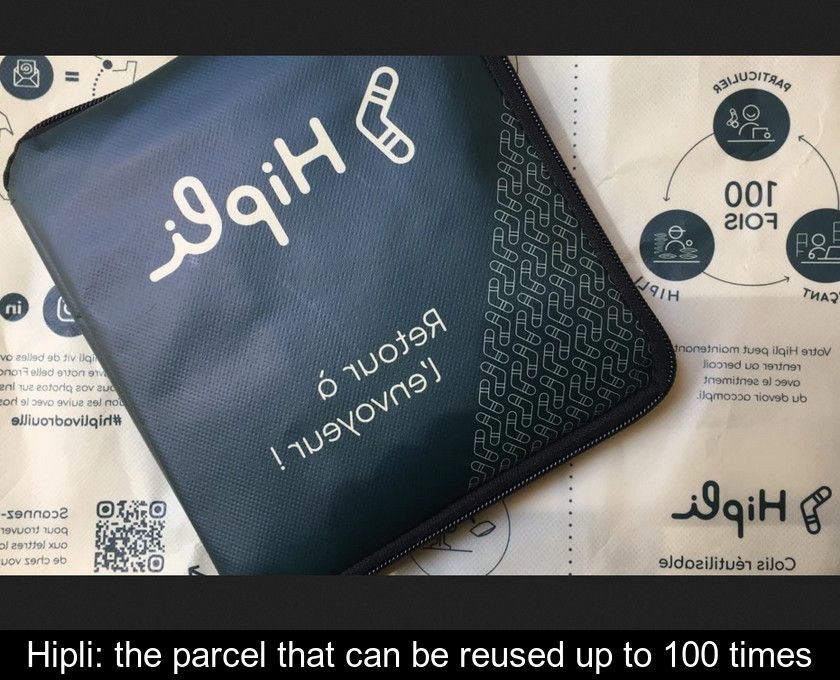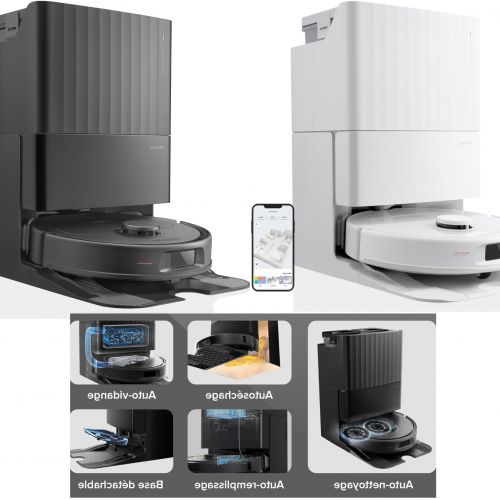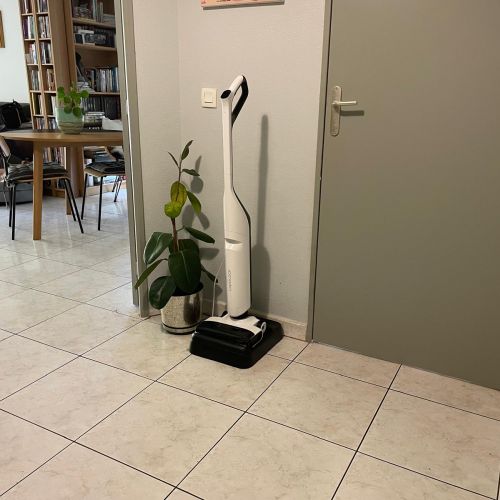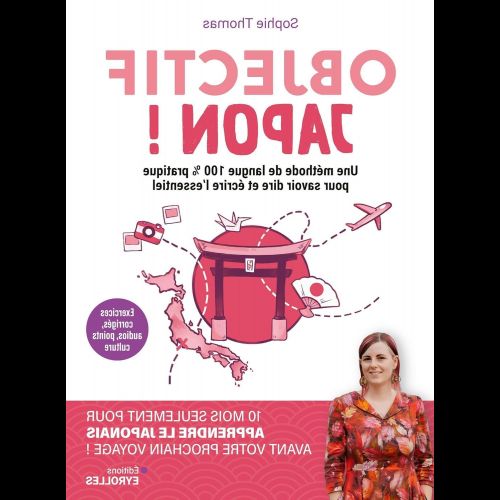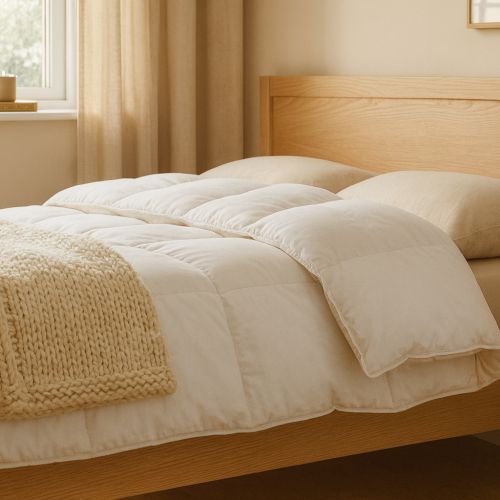Hipli: The Parcel That Can Be Reused Up To 100 Times
As the holiday season approaches, you may be planning to send packages to friends and family who live far away. But did you know that the cardboard boxes used for these shipments, even if they are recyclable, are not without impact on the environment? To address this issue, the young Norman start-up Hipli has developed a package that can be reused up to 100 times.
E-commerce generates a lot of packaging
According to Fevad, some 600 million parcels are sent in France each year and this figure could increase further with the rise of e-commerce.
Yet the cardboard packaging that accompanies these shipments is not without impact on the environment.
It is difficult to do without it, but its manufacture and recycling require raw materials, energy and transport.
So the best way to limit the environmental impact of our online purchases and reduce e-commerce waste is to avoid single-use packages.
That's why the young Normandy start-up Hipli has come up with a reusable package to deliver and return items between merchants and customers on the French market.
It is a flexible envelope made of non-woven polypropylene, which has a zip closure and can be returned to HIPLI by post thanks to a prepaid stamp.
Hipli, a package that can be reused up to 100 times
Hipli's logic is very simple: replace single-use Packages with a new kind of packaging made of flexible plastic that can be reused.
Reuse significantly increases the lifespan of a package. By favoring reusable packaging, we avoid dozens of cycles of cardboard production and recycling.
The start-up behind this innovation offers its pouches in 3 different sizes. But all of them are reusable, foldable and repairable in order to limit the environmental impact of e-commerce.
80% less environmental impact
To evaluate the ecological interest of its reusable package, Hipli commissioned an independent firm.
The latter carried out a comparative life cycle analysis of the different types of parcel: single-use cardboard parcel, single-use plastic parcel and Hipli reusable parcel.
The independent firm gave each type of parcel a score based on its impact on Climate change, resource depletion, water requirements and photochemical ozone creation.
The result of this analysis is clear: a reusable package can reduce the environmental footprint of the packaging by 80% compared to a conventional cardboard package.
A circular solution
You may be wondering how to use this new kind of packaging.
As all the ecological interest of the Hipli package lies in its reuse, it is essential not to put it in the trash or at the bottom of a closet!
Once the parcel has served its purpose and been received by the recipient, simply fold it up into a small envelope (following the instructions on the back) and slip it into any mailbox.
As it is already stamped, this little envelope will go straight back to Hipli in Le Havre. It is there that the package will be repackaged, i.e. cleaned, checked and disinfected... before going back for a ride!
How much does it cost?
A Hipli package is a little more expensive than a cardboard package since its price includes the cost of return shipping and repackaging.
But it's worth it as it is estimated that this packaging can be reused up to 100 times, which is 8 years of good and loyal service!
If used for its full life, it saves 25kg of waste and has 83% less carbon impact than a single-use parcel of the same size made of kraft or cardboard.
From its second use, this new packaging has a lower environmental impact than a cardboard box.
This eco-friendly solution, which may be the parcel of the future, has already been adopted by over 180 brands.
It is offered as an option by some environmentally conscious online retailers, such as the eco-responsible clothing brand Lautrec.
This innovation has moreover been rewarded by the Circular Fashion competition and the Circular Challenge of Citeo. It has obtained the Solar Impulse label, a very demanding label that evaluates the economic profitability of environmentally friendly processes.

